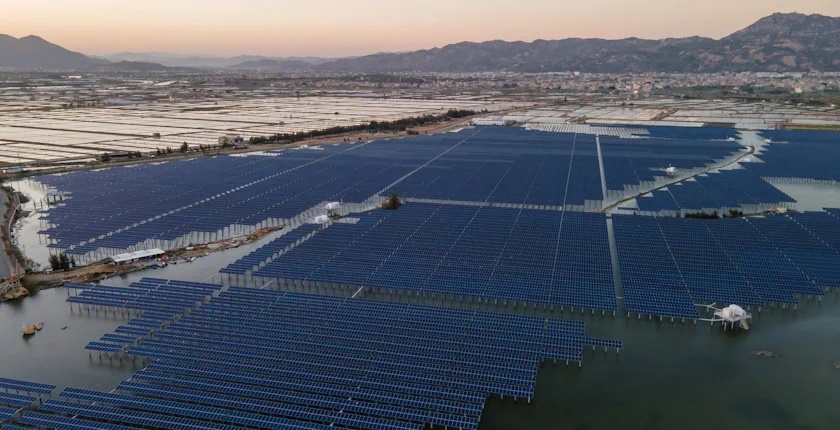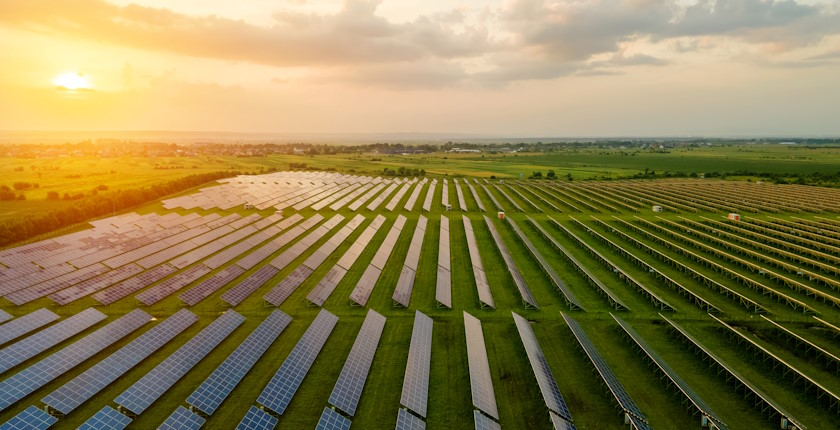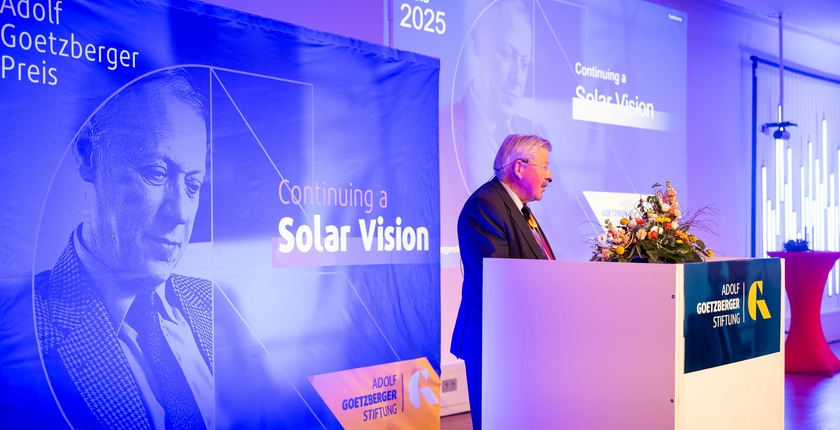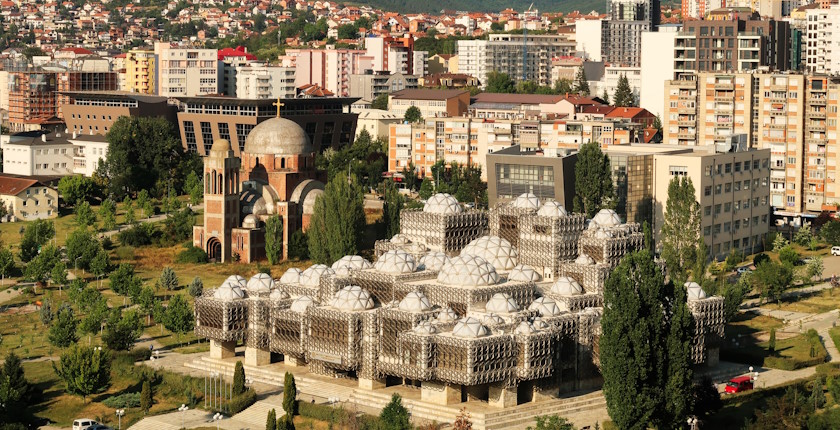
Solar module maker Bisol to triple production capacity with new Slovenian plant
Slovenia-based Bisol Group, the largest manufacturer of European-made solar modules, plans to build a new factory in an investment estimated at EUR 32.3 million. The facility in Murska Sobota in northeastern Slovenia is expected to triple Bisol’s annual production capacity, from 750 MW currently.
“We want to start construction in September. We are still selecting a contractor. Production must begin no later than October 31, 2027,” says Uroš Merc, co-founder and CEO of Bisol Group.
Production at the new plant is expected to begin in 2027
Its modules, manufactured in Slovenia, are labeled Made in Europe and enjoy a privileged status in Italy and Austria, ensuring higher subsidies or tax breaks for customers. According to Slovenian portal Finance, Italian customers now purchase most of their European modules from Bisol.
The company, founded in 2004, exports 98% of its production to 140 countries worldwide, with its largest markets remaining in Europe. Since its inception, Bisol has exported 2 GW of solar modules worth more than EUR 1.2 billion. Last year, it posted a net profit of EUR 12 million on revenues of EUR 66 million.
In 2009, the company expanded its portfolio with mounting solutions for solar modules. They are now sold in 50 countries worldwide.
Bisol has sold 2 GW of solar modules since its inception in 2004
The company’s headquarters and existing production facilities are located in Latkova Vas near Prebold, Slovenia. It employs 230 people across 14 subsidiaries and affiliated companies.
The group also operates solar power plants and sells electricity
The group also operates several solar power plants and sells electricity, both wholesale and retail, through its subsidiary Bisol Energija. Its offer includes dynamic tariffs for both businesses and households. At the end of last year, Bisol Energija introduced virtual communities for its customers.





